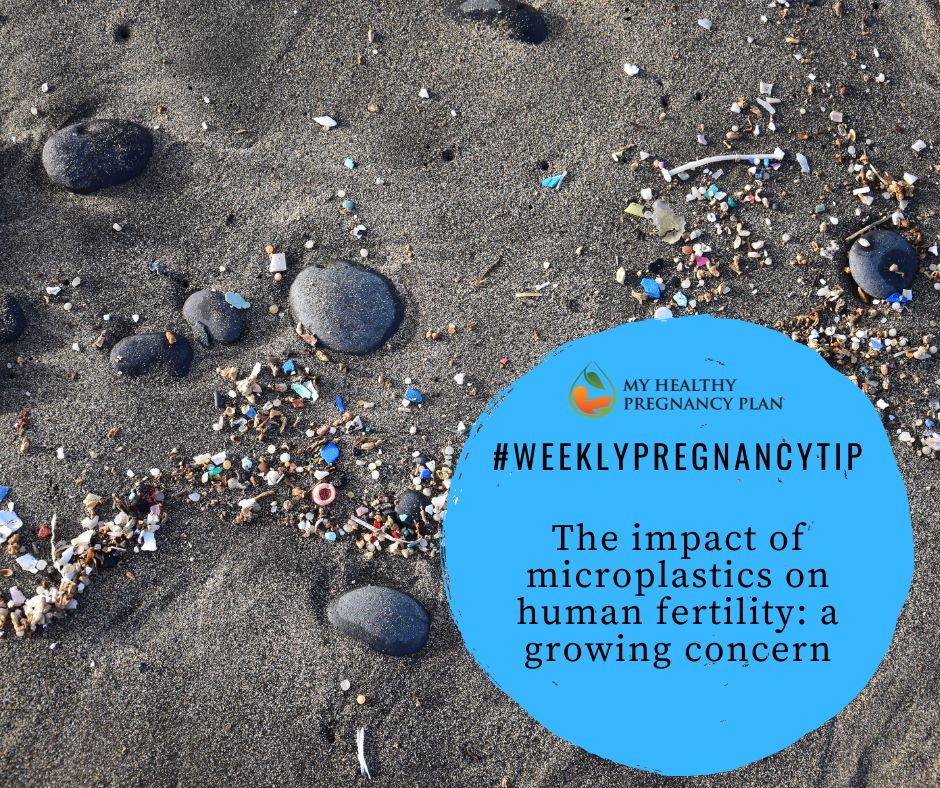
Microplastics are becoming an increasingly widespread concern for human health, particularly regarding their potential impact on fertility.
These tiny plastic particles – less than five millimetres in size – are found in the human body, including the blood, placenta, and reproductive organs. Studies in animals have shown that microplastics can disrupt both male and female reproductive health, causing issues such as reduced sperm quality and impaired ovarian function.
As microplastics enter the body through ingestion, inhalation, and skin absorption, their presence in our environment continues to grow, raising concerns about their long-term effects on human fertility.
While research into the link between microplastics and fertility is still in its early stages, the evidence is growing. Experts, including most recently Aditya Bharadwaj of the Geneva Graduate Institute, are urging governments and international organizations to address this issue with policies connecting environmental pollution to reproductive health. Dr. Bhardawaj emphasizes the need for more comprehensive research, including long-term human studies, to fully understand the impact of microplastics on fertility.
If you are hungry for more evidence-based information in your pregnancy, sign up for my free webinar: 7 Pregnancy Myths Debunked – and get the information you need to have a healthy pregnancy and a thriving baby.
And if you are a care-provider looking for evidence-based resources for your fertility patients, please get in touch with us at support@myhealthypregnancyplan.com.
In health,
Dr Jocelyn Land-Murphy, ND
Terra Life
Disclaimer: The information and content provided is for general educational and informational purposes only and is not professional medical advice, nor is it intended to be a substitute therefore. Please consult the Disclaimer and Terms of Use for full details.
References:
Bharadwaj, A. et al. (2025). Microplastics and Human Fertility. Geneva Policy Outlook.





